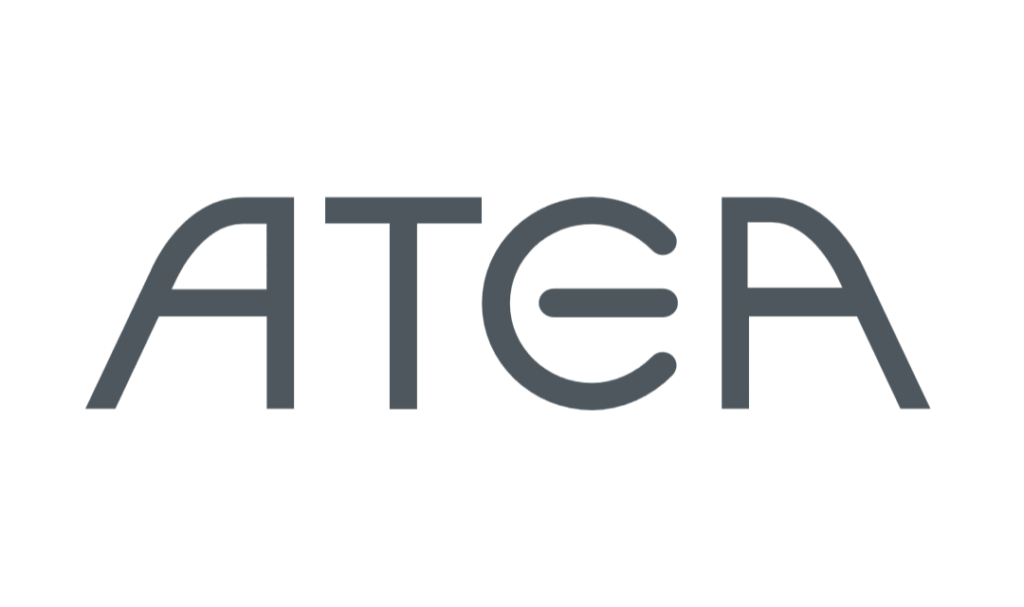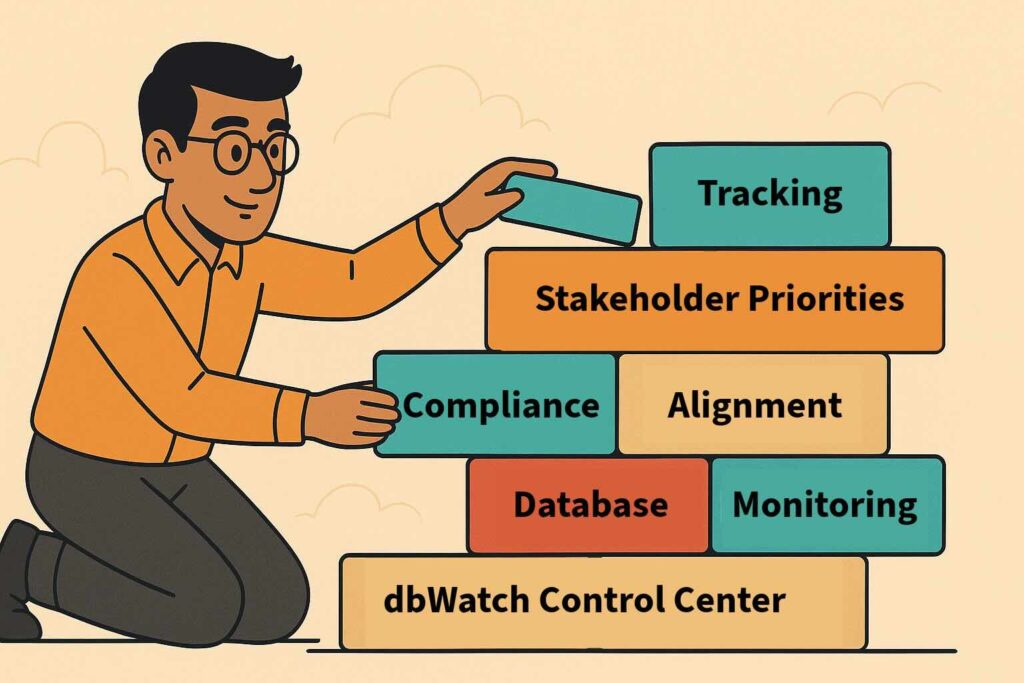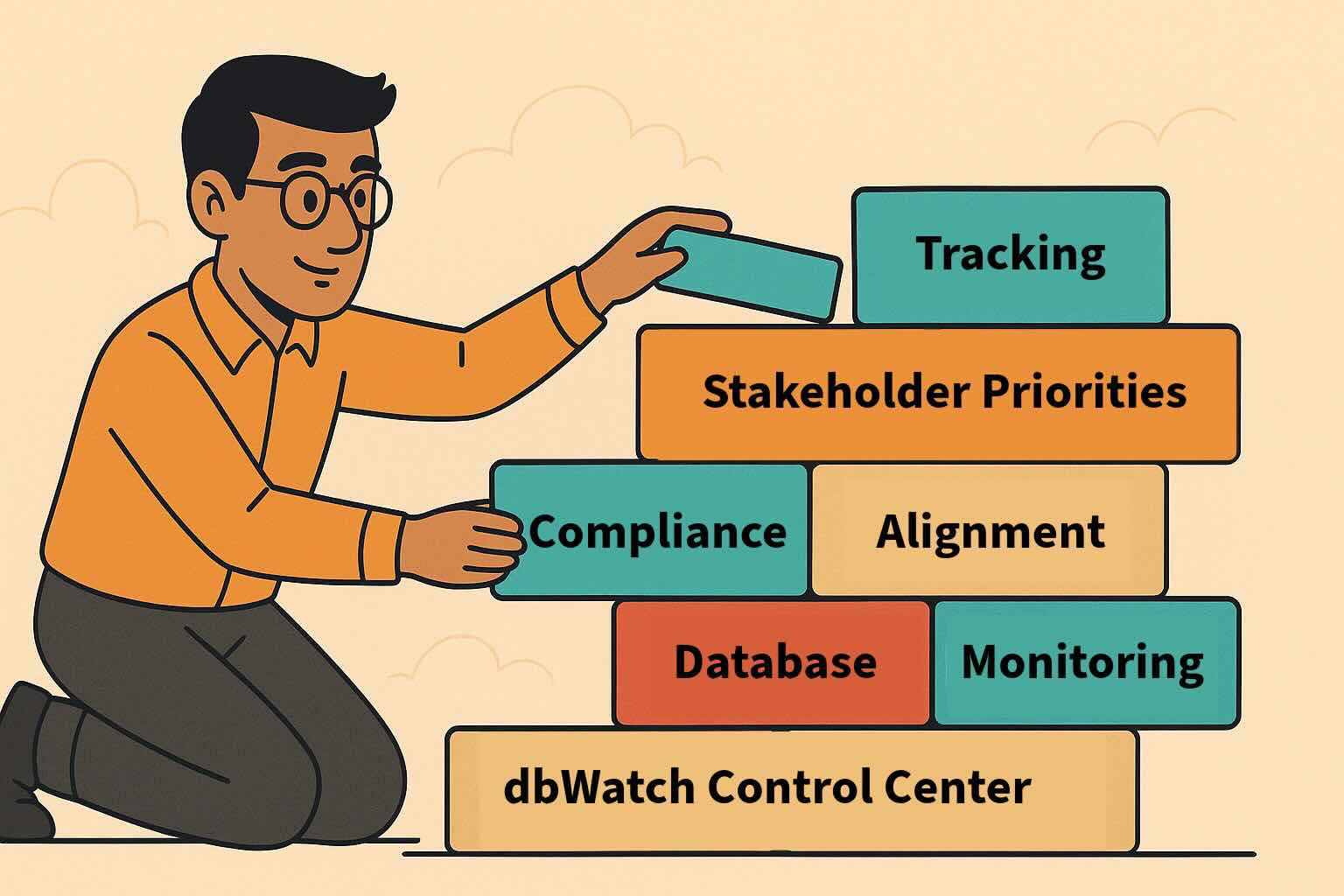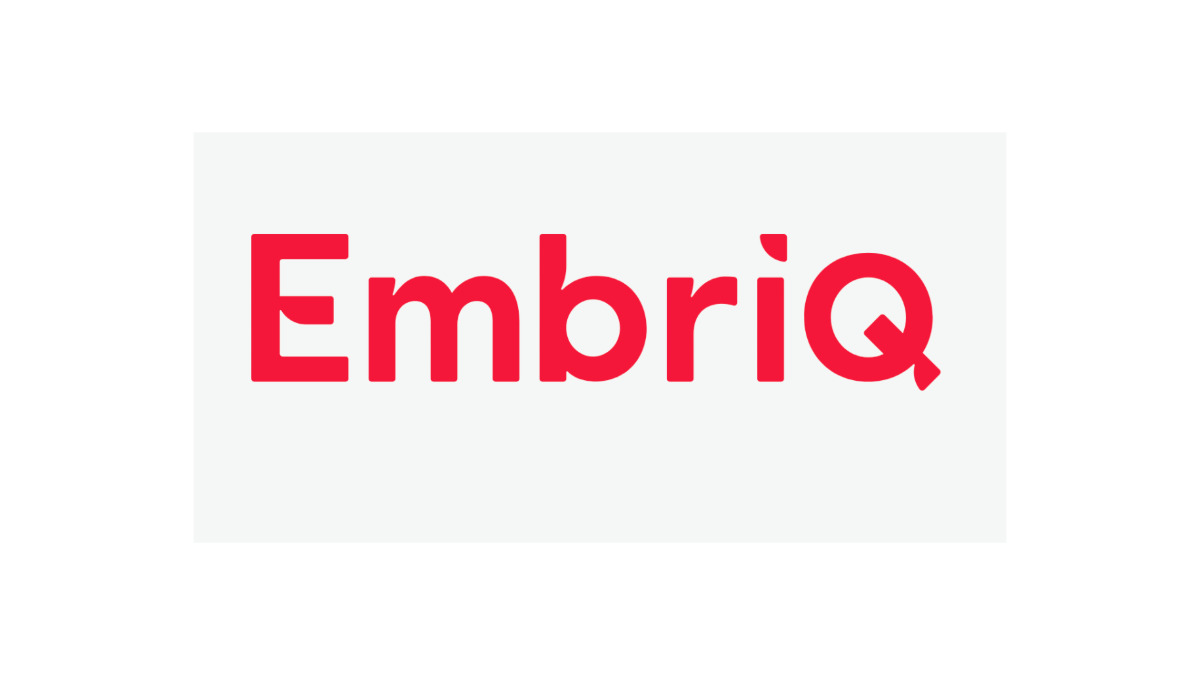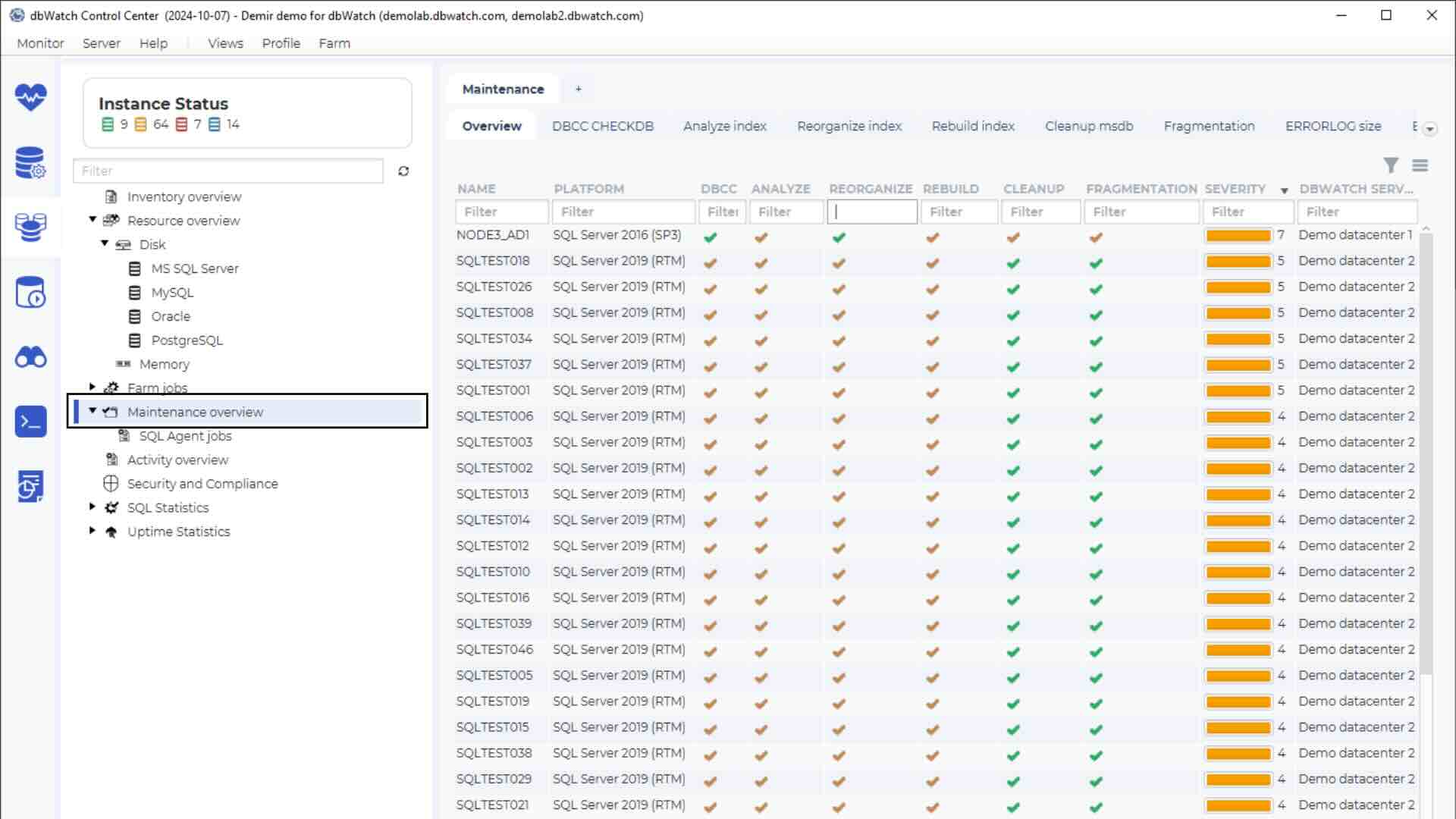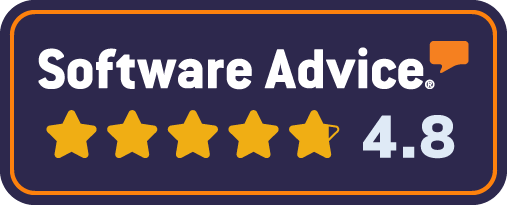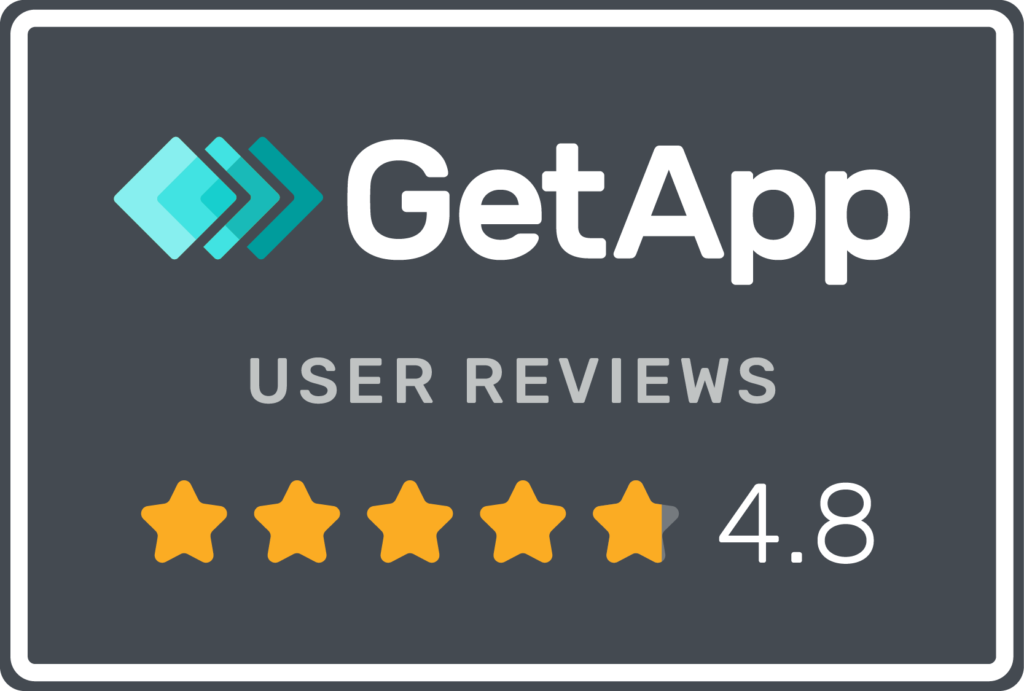In today’s fast-paced business environment, the performance of your databases is a critical component of your organization’s success. Databases impact how smoothly your business runs. Underperforming servers can lead to significant slowdowns, disrupt services, and negatively impact your revenue and reputation.
Effective database management is more than maintaining smooth operations. It’s a strategic approach to IT cost reduction. By optimizing your databases and supporting your Database Administrators (DBAs), you can lower IT expenses while delivering exceptional service to your customers and employees.
Reduce IT Costs with an Effective Database Management Tool
Database management tools are essential. They not only enhance the productivity of Database Administrators (DBAs) but also reduce operational costs and mitigate risks, all of which are critical for maintaining a lean and efficient IT environment. Switching from manual database management to an effective database management tool is a strategic move that can lead to significant cost reductions for most organizations.
As we explore these strategies, remember that the use of a database management tool. is key to unlocking the full potential of cost reduction.
Be Safer: Risk Mitigation
Disasters and serious incidents represent a very high financial cost for businesses, both in the time spent planning and the cost of restoring services and maintaining security. For many IT teams, a lack of system oversight means that emerging incidents aren’t discovered until it’s too late. By making use of database monitoring solutions, DBAs can utilize proactive monitoring and analytics to detect and correct problems before they become serious.
Monitoring tools can also be used to discover security weaknesses, to identify struggling infrastructure, and to institute regular preventative maintenance across your servers and instances.
Reduce Software Costs
Often a database comes with its own software. If you have several databases, it takes a lot of time to sign into a database, check it, sign out of it and move on to the next database. Having one tool to monitor and manage your databases makes sense.
There is only one tool that integrates everything for DBAs. With dbWatch DBAs can monitor, manage, report, and automate across many database platforms. They will also be able to track and implement security, compliance, and consolidation.
No other tool handles all these aspects of database management in one software. However, there are other options which include buying three or four separate tools. Unfortunately, this isn’t very cost effective. Compare our prices, if you’re interested.

Consolidate your Databases
Daily operations in an enterprise might generate terabytes to petabytes of data. For example, you may have customer transactions, employee records, operations data, or reporting data for data warehousing.
Proper handling of this data can help your company improve business decisions: such as determining instances or servers which have been over or under-provisioned with resources and identifying each server’s CPU and memory utilization.
When your database management solution tracks your overall server utilization it should note which instances are over or underutilized. This will help you and your management decide whether to purchase, consolidate or maybe re-provision some resources to servers that need more power.
How Database Consolidation Generates Savings
Over the years, the environment and license costs build up. As you grow, more database servers and more databases are added. Each new database adds overhead for backups, monitoring, management and general DBA time. If you want to keep your costs low, you need to periodically remove or consolidate databases to maintain a lean business.
This is normally a major headache. You need to discover who uses which databases in order to organize the removal of unused databases. It’s typically a large project needing many hours of dedicated DBA work.
However, if you use dbWatch Control Center, this headache is reduced to a convenient day-to-day process. The software tracks database usage and gives you an overview of which databases are never used and could be safely backed up and removed; and which databases need separate hardware or could be moved to a common server.
Improve DBA Productivity
When managing many instances, manual maintenance scripts aren’t viable. It’s very inefficient to log in remotely and manually connect on each server just to check the performance and status, running jobs of each instance.
Database Automation
The automation and monitoring tools available today can greatly improve productivity in any DBA team. With a tool like dbWatch, DBAs can automate and monitor routine maintenance tasks, freeing up time for more critical work.
While there is a cost to adopting new tools, they can save an organization money. Having staff dedicate a significant portion of their daily tasks which could, with the help of tools, be automated means that you may be spending more than you need on staff wages as more employees are required to get the work done.
Working with databases often means moving from fire to fire. However, when software is automatically and constantly checking for issues, DBAs have more time. Instead of constantly putting out fires, they can work proactively on database problems and allocate their time where it’s most needed.
IT Cost Reduction can Start with Your Databases
Optimizing your IT infrastructure with the right database management tool is essential for maintaining peak performance, reducing operational costs, and safeguarding your business’s reputation.
By adopting a comprehensive database management solution, you not only empower your DBAs to work more efficiently but also ensure that your systems run smoothly, your resources are utilized effectively, and your organization is better protected against potential risks. Investing in the right tools today can lead to significant cost savings and a more resilient IT environment tomorrow.
Discover how dbWatch can help you cut costs and improve your IT efficiency. Sign up for a free trial today.
|


